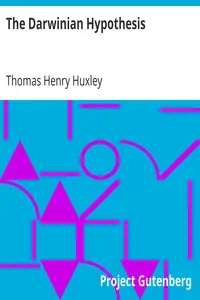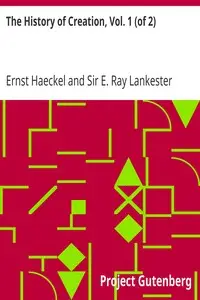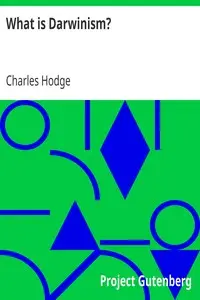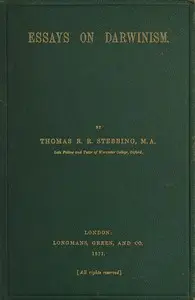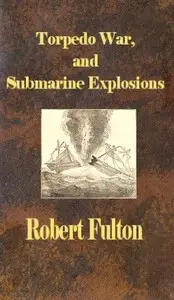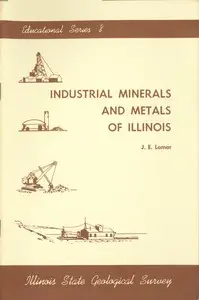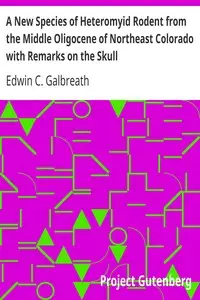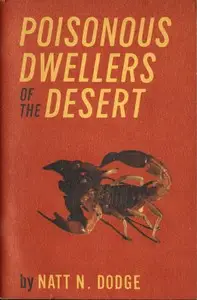"Darwinism. The Noachian Flood" by Thomas Roscoe Rede Stebbing is a lecture challenging the traditional understanding of Noah's flood by comparing it to Darwin's theory of evolution. Stebbing uses scientific reasoning to break down the idea of a worldwide flood, pointing out geographical and biological problems with the story. He suggests the flood was actually a local event, which changes how we see the development of species and human origins when compared to Darwin's ideas. Stebbing pushes for blending science and religion together, encouraging people to rethink old beliefs based on new discoveries.
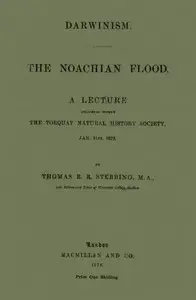
Darwinism. The Noachian Flood A lecture delivered before the Torquay Natural History Society, Jan. 31st, 1870
By Thomas Roscoe Rede Stebbing
An examination of an ancient story argues against a world-ending event, using scientific reason to shape the understanding of our origins.
Summary
About the AuthorThe Reverend Thomas Roscoe Rede Stebbing was a British zoologist, who described himself as "a serf to natural history, principally employed about Crustacea". Educated in London and Oxford, he only took to natural history in his thirties, having worked as a teacher until then. Although an ordained Anglican priest, Stebbing promoted Darwinism in a number of popular works, and was banned from preaching as a result. His scientific works mostly concerned crustaceans, especially the Amphipoda and Isopoda, the most notable being his work on the amphipods of the Challenger expedition.
The Reverend Thomas Roscoe Rede Stebbing was a British zoologist, who described himself as "a serf to natural history, principally employed about Crustacea". Educated in London and Oxford, he only took to natural history in his thirties, having worked as a teacher until then. Although an ordained Anglican priest, Stebbing promoted Darwinism in a number of popular works, and was banned from preaching as a result. His scientific works mostly concerned crustaceans, especially the Amphipoda and Isopoda, the most notable being his work on the amphipods of the Challenger expedition.


